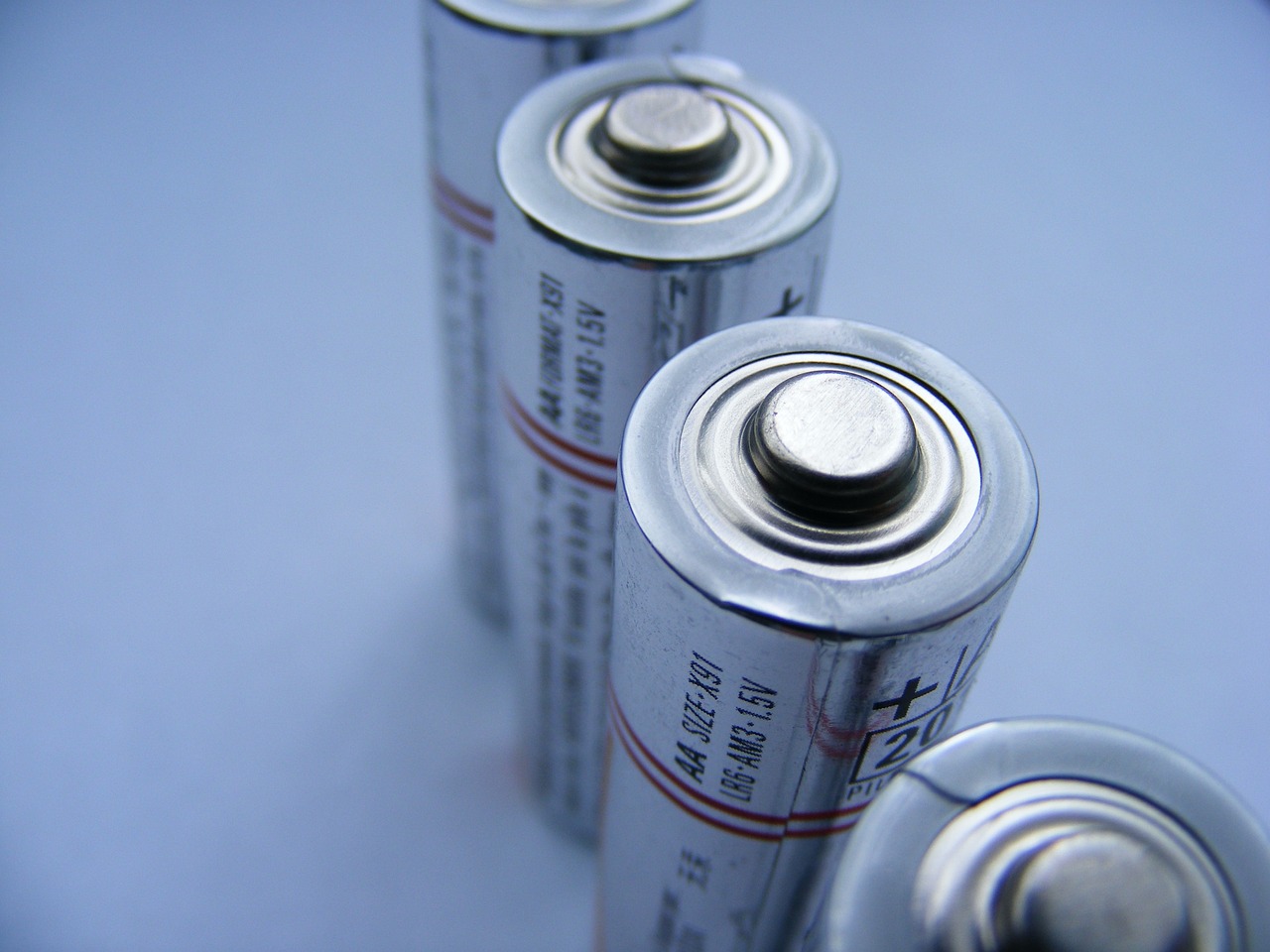This post is also available in:
 עברית (Hebrew)
עברית (Hebrew)
The US Air Force has taken a significant step toward enhancing the performance of its hypersonic missiles by awarding Canopy Aerospace, a Denver-based company, a $2.8 million contract. This funding will accelerate the commercialization of advanced thermal protection systems (TPS) designed for hypersonic and re-entry applications. Notably, these next-generation TPS technologies employ a cooling method inspired by the natural process of sweating.
Hypersonic missiles encounter extreme thermal conditions due to their incredible speed, with temperatures reaching up to 3000°C. To withstand such intense heat, these systems require highly specialized thermal protection, often involving ceramic or ceramic-composite materials. The new TPS technology developed by Canopy Aerospace incorporates transpiration cooling, a technique akin to how sweating cools humans.
Transpiration cooling enhances the thermal resilience of the TPS by expelling a pressurized fluid from the leading edge of the hypersonic vehicle, according to Interesting Engineering. This fluid evaporates rapidly, forming a protective insulating layer that shields the vehicle from the severe aerothermal heating caused by friction with the atmosphere. This cooling method allows hypersonic systems to operate at higher speeds and perform more aggressive maneuvers without suffering from thermal stress.
The innovation promises to make future hypersonic weapon systems more deployable and efficient. Dr. Gillian Bussey, Director of the Joint Hypersonic Transition Office, emphasized the importance of scaling up production rates for TPS and integrating advanced manufacturing techniques. She noted that increased production capabilities for these systems will significantly benefit glide vehicles and cruise missile engines.
In addition to transpiration cooling, the contract funds the development of a novel optical fiber sensing capability, known as Health Monitoring Systems for Re-entry Systems (HMSRS) or “Smart TPS.” This technology aims to improve the monitoring of TPS at elevated temperatures, reducing maintenance downtime and enhancing the overall performance of re-entry systems. Space re-entry and hypersonic flight create a plasma layer around the vehicle, which hampers traditional sensors. By embedding sensors directly into the TPS material, future systems will gain precise environmental sensing capabilities.
This investment positions Canopy Aerospace as a pivotal player in advancing thermal protection technologies. The combination of transpiration cooling and advanced health monitoring systems addresses critical gaps in hypersonic and space exploration technologies and enables more effective operations in extreme environments.


























